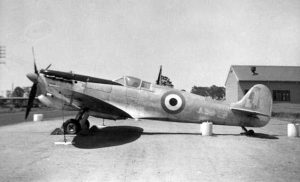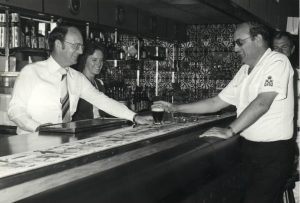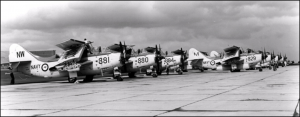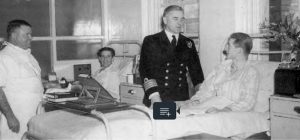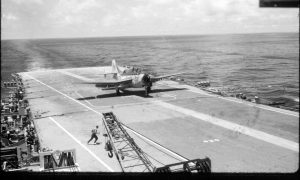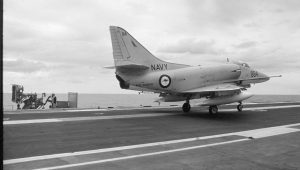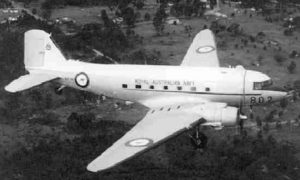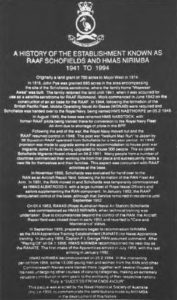By Carl Robinson1 and Terry Hetherington2 Created in early 1985 at HMAS Albatross, the RAN Historic Flight was an ambitious project to keep a representative core of Australia’s classic navy ...
HMAS Albatross (Shore Establishment)
Occasional Paper 72: Spitfires in the RAN
The Supermarine Spitfire was the most well-known of the World War II era fighter aircraft but by the late 1940’s was quickly becoming obsolete. In October 1948, 15 ex-RAAF Spitfires ...
The White Ensign Club at Nowra
By Fred Dawson, with acknowledgement to Foster Emery (dec.), Albert Morrison (dec.), Len Seyffer, Robyn Florance, OAM, Alan Clark, AM and Dr John Haken. Following the commissioning in August 1949 ...
Occasional Paper 44: The Fairey Gannet A/S1
By CMDR (P) R. V. Morritt, RAN Rtd The Fairey Gannet A/S 1 aircraft was introduced into the Royal Australian Navy (RAN) Fleet Air Arm (FAA) in 1955. When embarked ...
816 Squadron – the Fighting Tigers
The Fairey Gannet A/S1
Introduction of the A4 Skyhawk into the RAN Fleet Air Arm 1967/1968
A Short History of HMAS Albatross
Reprinted from a Welcome Aboard pamphlet (date unknown) The decision to build an airfield on the land now occupied by the Naval Air Station was taken soon after WWII was ...
The Royal Australian Navy Douglas C47 Dakotas
Former HMAS Nirimba Site – Memorial Garden
On Saturday 3rd of November 2001, in overcast conditions, the Memorial Garden at the former HMAS NIRIMBA site, was formally dedicated. The service was conducted in front of some 150 ...
